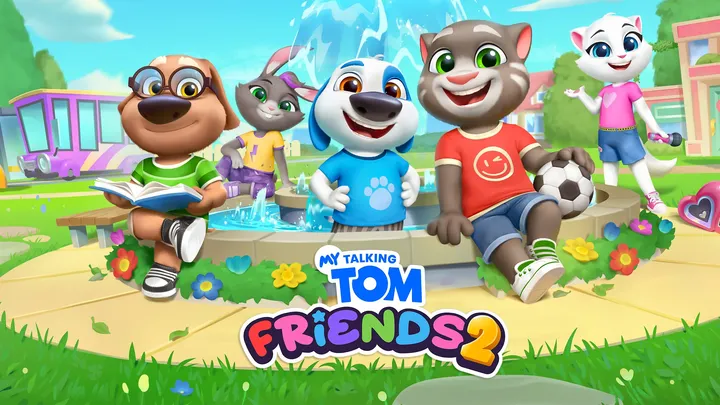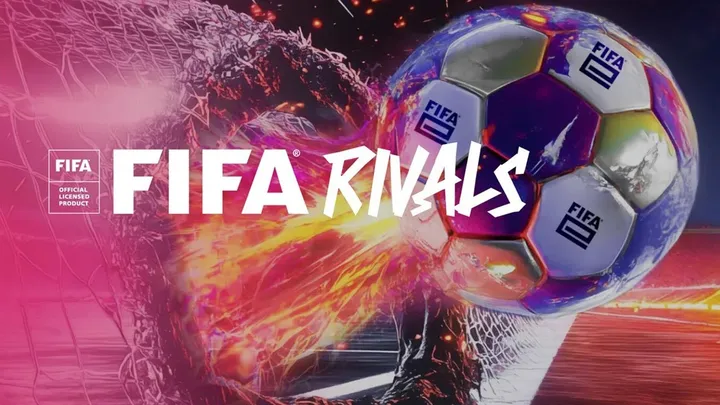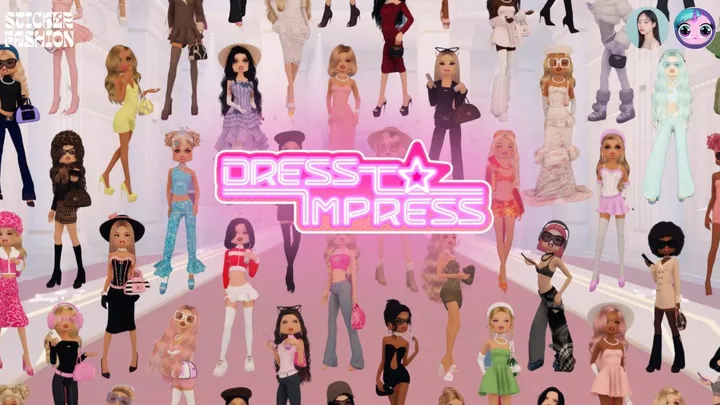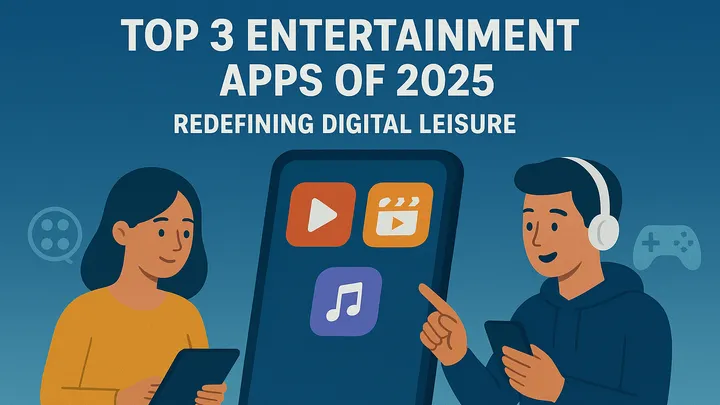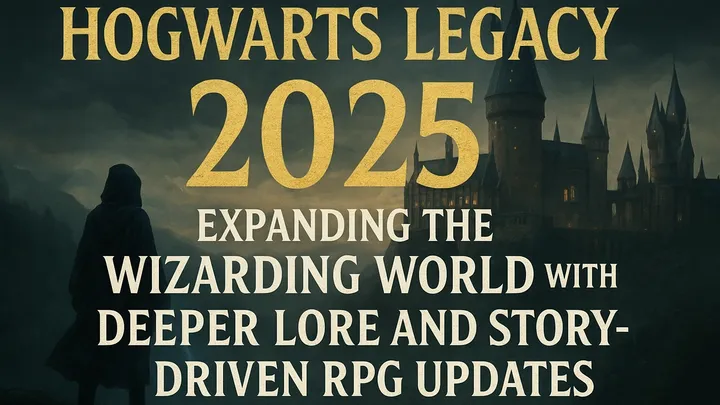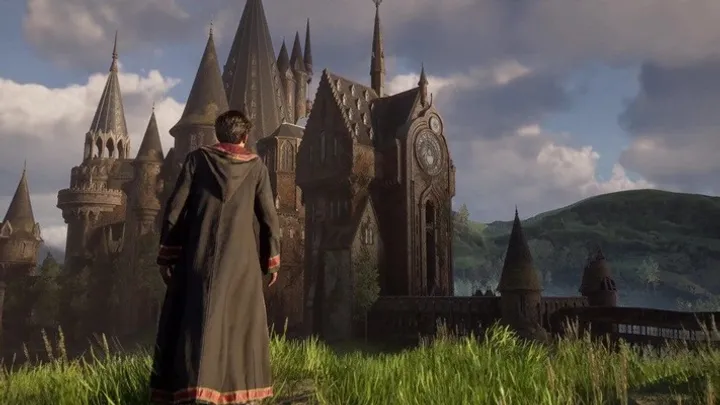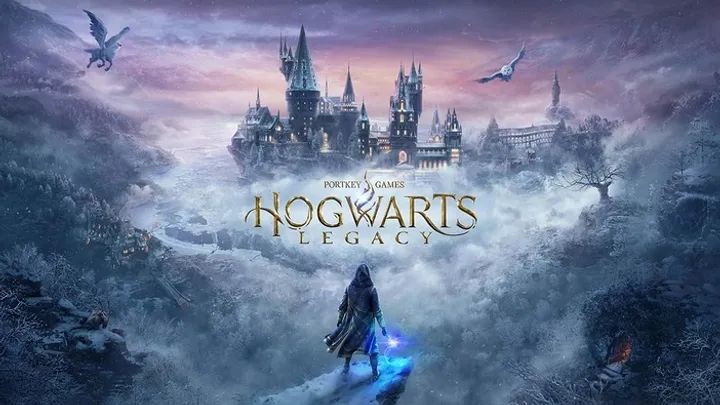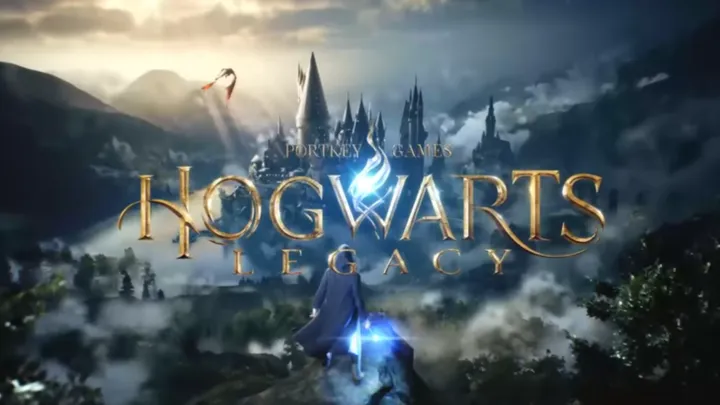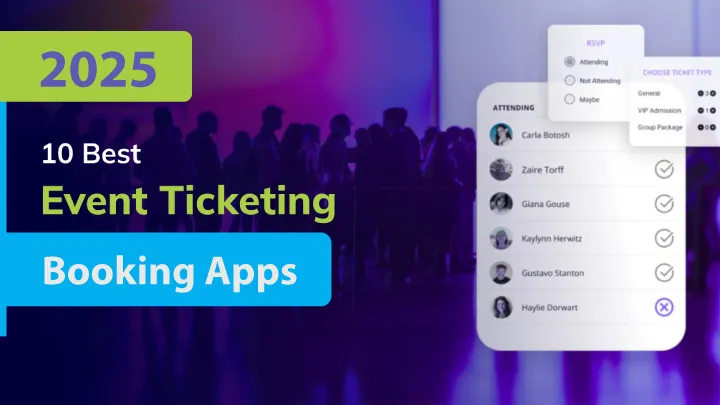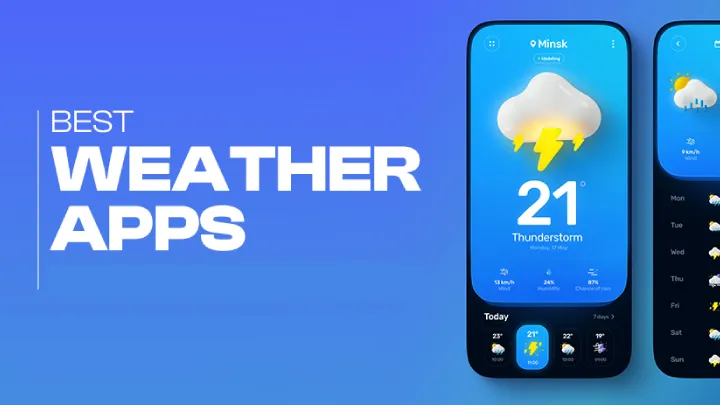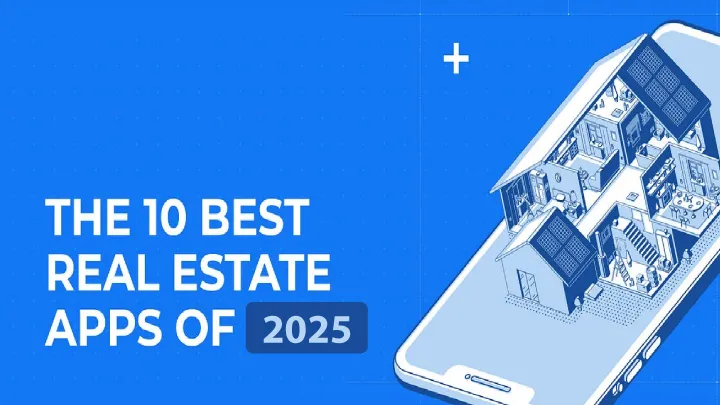Introduction
Since its launch in June 2020, Valorant has rapidly ascended to become one of the most popular tactical first-person shooters (FPS) in the gaming world. Developed by Riot Games, the creators of League of Legends, Valorant combines the strategic elements of traditional FPS games with unique character abilities, creating a fresh and dynamic gameplay experience. This article aims to provide an in-depth analysis of Valorant, exploring its gameplay mechanics, character diversity, competitive scene, and community impact.
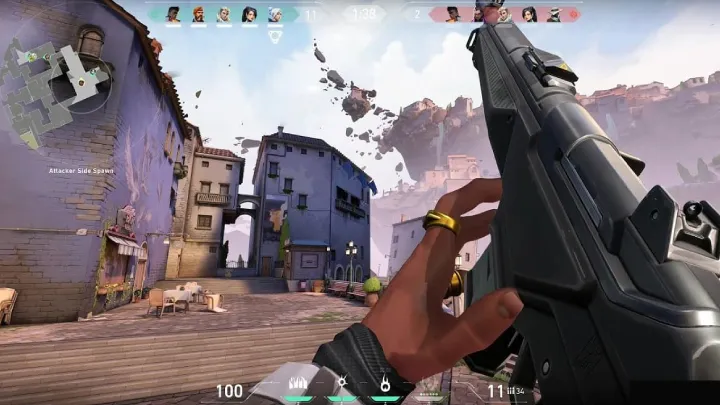
The Gameplay Mechanics
Tactical Gameplay
Valorant is fundamentally a team-based tactical shooter, where two teams of five players compete to complete objectives. The primary objective for the attacking team is to plant a bomb known as the Spike, while the defending team tries to prevent this from happening. The game is played in a series of rounds, with each round lasting around 100 seconds. Winning a round can be achieved by either planting the Spike, defusing it, or eliminating the opposing team.
Unique Abilities
One of the most distinguishing features of Valorant is its use of agents, each equipped with unique abilities. Unlike traditional shooters that rely solely on weapon mechanics, Valorant integrates character abilities that can influence gameplay significantly. Each agent falls into one of four categories:
- Duelists: These agents are designed for aggressive playstyles, excelling in securing kills. Examples include Phoenix and Jett.
- Controllers: These characters focus on area denial and map control. Agents like Brimstone and Viper fall into this category.
- Initiators: They help teams break through enemy defenses, using abilities to scout and create openings. Sova and Breach exemplify this role.
- Sentinels: These agents are defensive specialists, offering healing and support to teammates. Sage and Cypher are key examples.
Economy System
Valorant incorporates an economy system that adds a strategic layer to gameplay. Players earn credits based on their performance in each round, which can be spent on weapons, shields, and abilities in subsequent rounds. Managing this economy is crucial—deciding when to buy, save, or force a purchase can make or break a game.
Character Diversity and Design
A Global Cast
Valorant boasts a diverse roster of characters, each hailing from different countries and cultures. This global representation is not only refreshing but also adds depth to the game's narrative. Players can choose from a variety of characters, each with distinct backstories and motivations.
Character Design Philosophy
The design of each agent is meticulous, with abilities that reflect their backgrounds. For example, Phoenix, a duelist from the UK, wields fire-based abilities that symbolize his fiery personality. This attention to detail enriches the gameplay experience, allowing players to connect with their characters on a deeper level.
Map Design and Strategy
Diverse Environments
Valorant features a range of maps, each designed to encourage strategic play and teamwork. Maps like Ascent, Haven, and Bind offer unique layouts and challenges. For instance, Haven is notable for having three bomb sites, while Bind features teleporters that can change the dynamics of gameplay.
Strategic Depth
The design of each map emphasizes verticality, creating opportunities for flanking and strategic positioning. Players must learn the intricacies of each map, including sightlines, choke points, and hiding spots, to gain a competitive edge.
The Competitive Scene
Rise of Esports
Since its release, Valorant has quickly become a staple in the esports community. Riot Games has actively supported the competitive scene through the Valorant Champions Tour (VCT), which features regional and international tournaments. This commitment to esports has attracted a plethora of professional players and teams, elevating Valorant to the status of a major competitive title.
Community Engagement
The Valorant community is vibrant and engaged, with players participating in both casual and competitive play. Streamers and content creators have played a significant role in promoting the game, showcasing strategies, tips, and gameplay highlights. The community's involvement has fostered a culture of learning and improvement.
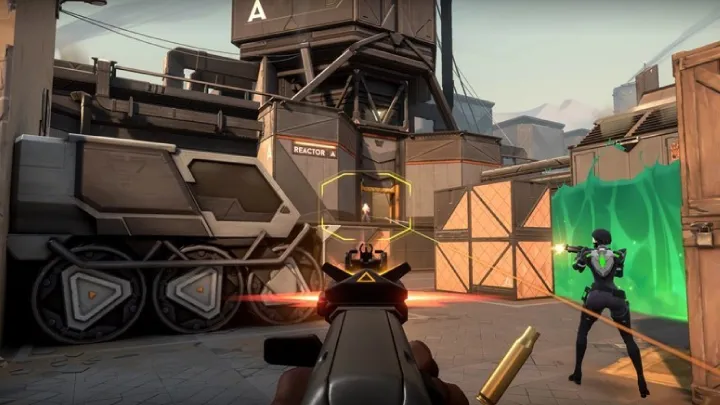
Continuous Development and Updates
Regular Updates
Riot Games is committed to keeping Valorant fresh and engaging through regular updates. These updates often include new agents, maps, and balance changes, ensuring that the game evolves with the player base. This dedication to improvement has helped maintain a healthy and active community.
Player Feedback
The developers actively listen to player feedback, making adjustments based on community input. This responsiveness has earned Riot Games a reputation for valuing its player base and striving to create a balanced gameplay experience.
Conclusion
Valorant has successfully carved out a niche in the competitive gaming landscape, blending tactical shooting with character-based abilities. Its diverse cast of characters, strategic depth, and commitment to esports have made it a favorite among players. As the game continues to evolve, it holds the promise of remaining a significant player in the FPS genre for years to come. Whether you’re a casual player or an aspiring professional, Valorant offers a rich and rewarding gaming experience.




